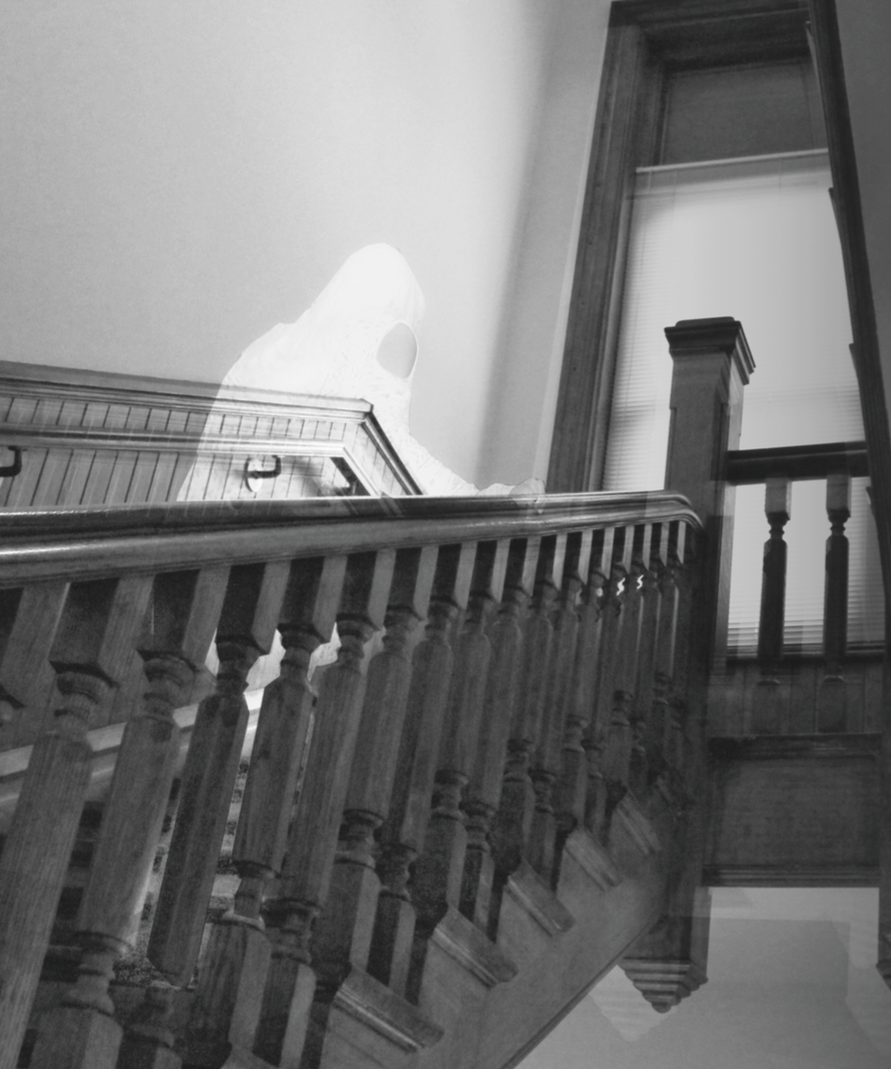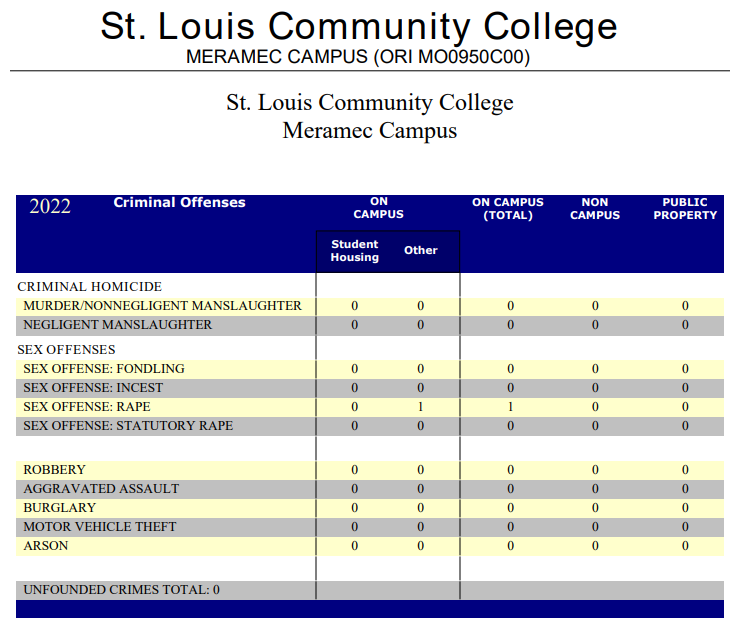Myths dispelled and mysteries made clear
By: KATIE HAYES
Copy Editor
Interest in the exorcism of Roland Doe has not ceased since the ritual took place in St. Louis 66 years ago — especially around Halloween.
During a six week period in 1949, arguably the most famous exorcism of our time took place in St. Louis. Although it is the most well-documented exorcism, the story often travels by word of mouth where rumors are perpetuated.
“I have a feeling that at least among the students here, there’s probably a tendency to stretch things,” St. Louis University student Joe Martin said. “It’s probably more fun to just let the facts go to the wayside in favor of drama. It makes the story more interesting to not worry about facts.”
William Peter Blatty’s 1971 book, “The Exorcist,” is based on the events that took place. Two years later, the movie by the same title was released. Viewers were terrified to the point of losing consciousness in theaters — no one saw a film quite like it before.
Exorcisms are notoriously private —approval to perform the rite must be obtained by an archbishop, filming is forbidden by the Vatican and only those necessary for the ritual are allowed in the room.
Dr. Terry Cooper, professor of psychology at Meramec, co-authored “Evil: Satan, Sin and Psychology,” a chapter of which was dedicated to the 1949 exorcism.
Surrounding not only the exorcism of 1949 — but the rite as a whole — are a lot of misconceptions, which stem both from how it is portrayed in media as well as the secrecy of the practice.
Although the question of possession is a matter of faith, certain facts about exorcism and the case of 1949 are known to be true.
Myth Debunked
According to Martin, campus tour guides take pleasure in relating the stories to potential new students around Halloween.
“Especially this time of year, I’ll probably hear about it maybe once or twice a week,” Martin said.
When asked about the story, however, Martin knew a more accurate version than St. Louis University students are credited with knowing.
The rumor is that the exorcism happened at St. Louis University on the fourth floor of DuBourg Hall, which is now the administration building.
In reality, it happened over roughly a six week period in various locations — a suburb in northwest St. Louis and Alexian Brothers Hospital, which was raised in 1978. The boy also spent a brief period of time in St. Francis Xavier College Church on SLU’s campus, where he converted to Catholicism.
The Rite of Exorcism
Exorcisms exist in various religions, but are mostly associated with Catholicism in the United States. They are notoriously private, however, which leads to many rumors and misinformation.
“I think one common misconception is that people can just decide on their own that somebody is possessed and make that diagnosis….That kind of back and forth nonsense is not really very realistic at all in terms of the way it’s been handled historically,” Cooper said.
To perform an exorcism, a priest must obtain approval from the archbishop.
“It’s very difficult [to obtain approval]. You’ve got to exhaust all other possibilities. This case happened in 1949, so there were certain things that weren’t available, but the Catholic Church doesn’t want to be embarrassed about this, so they want to make sure that they have done, like, PET scans of the brain, every physiological possibility, psychiatric possibility,” Cooper said.
To obtain permission to perform the Rite of Exorcism, a priest must provide proof of possession. This proof would include occurrences such as speaking in a language the person didn’t previously know, the body levitating, extraordinary strength and knowing secret information the person could not possibly know otherwise.
“There is a lot of disagreement, even among, let’s say Jesuit Priests for example, as to whether exorcism is ever appropriate. Some of them will say it only serves a kind of psychological catharsis, that it helps the person who is convinced that he or she is possessed feel a release because the Rite of Exorcism helps them find that release. There are others who take it more seriously and believe that the individual may be under the influence or grip of some sort of spiritual presence,” Cooper said.
Whether Jesuit Priests believe in possession or not, the Rite of Exorcism — although rarely performed — still exists.
“The official belief of the Catholic Church is that it’s rare, but possession still occurs. Now, that’s not probably what the majority of people is psychiatry and psychology believe, but it still holds that point of view,” Cooper said.
Leading Figures
The exorcism was performed by Father William Bowdern after obtaining permission from Archbishop Ritter who later became Cardinal Ritter. According to Cooper, Ritter asked Bowdern to keep meticulous notes and to use caution.
It was also Father Bowdern who asked Blatty to change the gender of the boy to a girl.
Father Walter Halloran also assisted in the exorcism. He played football in high school, which was helpful when he held down Roland Doe. He was the last surviving Jesuit who assisted in the case.
Media Portrayal
The biggest difference between how the rite was portrayed and the actuality of the circumstances, was the gender of the child. Although “The Exorcist” was about a girl, it was actually a boy who underwent the rite.
The boy is referred to as both “Roland Doe” and “Robbie Mannheim.” These are both aliases, however. To protect the privacy of the boy, his identity was never revealed.
There were 48 witnesses to the events that occurred in 1949. Some of what happened in the movie was accurate, while other specifics were only added for entertainment value.
“Some of the things that carried over to the film according to the eyewitnesses were that his bed shook and he didn’t do it,” Cooper said. “They claimed there were writings on the body that he didn’t do. He didn’t throw up on people like Regan did, but he could spit pretty meticulously across the room and hit somebody in the eye. He seemed to be revulsed over anything that was religious or holy.”
Modern Psychiatry
“A lot of times if people had some sort of strange obsessive compulsive tendencies, it was perceived as maybe demonic,” Cooper said. “If they had Tourettes, if they would blurt out really obscene things — they thought that was a sign of possession. Even just epilepsy was often perceived as that. Anything that we didn’t understand and seemed to have a mystery to it, it was open to the possibility that there was a larger reality causing it.”
Many of these disorders are now understood and therefore treated with medication; however, exorcism is still considered valid treatment in extreme cases by the Catholic Church.
“I haven’t personally seen a case that I thought warranted an exorcism, but I know people who very much believe that those things occur,” Cooper said.
In the case of Roland Doe, there was speculation that he was not possessed; however, the true answer is unattainable.
“There’s a part of me that thinks that exorcism was a prescientific way of what we do now with therapy, with medicine, with PET scans, with different things that we use. That that was just a different way of understanding mental illness and occasionally, I’ll run into somebody that I think psychology can’t quite explain,” Cooper said.
Cooper did not discount the merit of the Rite of Exorcism when asked if there was ever a case in which an exorcism could be useful.
“Maybe a case in which someone was so utterly convinced that nothing else would work and you actually could participate in that world with them. And if they could experience a release and really believe it was gone. It perhaps could do some good,” Cooper said.
After the exorcism, Roland Doe went on to live a relatively normal life. His identity, to this day, remains a mystery. If Roland Doe is still alive, he would be around 80 years old.
Granted, some of the events in “The Exorcist” are exaggerated. Roland did not vomit on the priests and his head did not turn 360 degrees.
The bed, however, did shake and objects did fly around the room, which was confirmed by 48 eyewitnesses.
Perhaps the child was not truly possessed and modern psychiatry could have cured him. Perhaps, though, there was paranormal activity that could only be expelled by the Rite of Exorcism.
All that is known is this: in 1949, an exorcism was performed on a 13-year-old boy in St. Louis by a Catholic Priest — and it worked.












